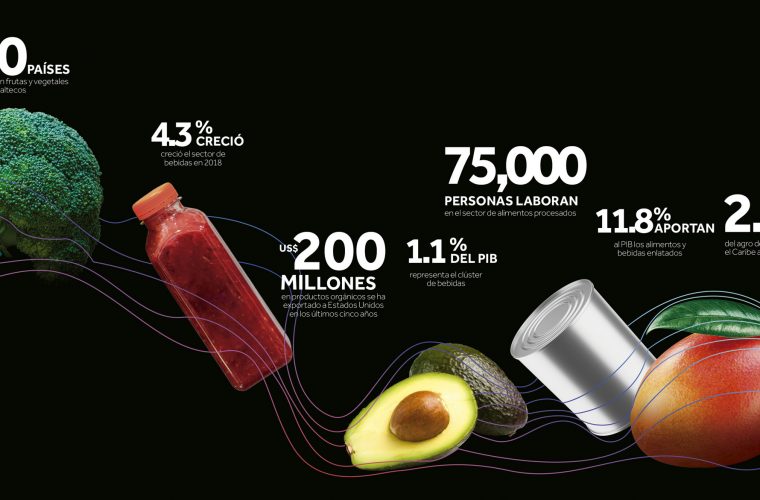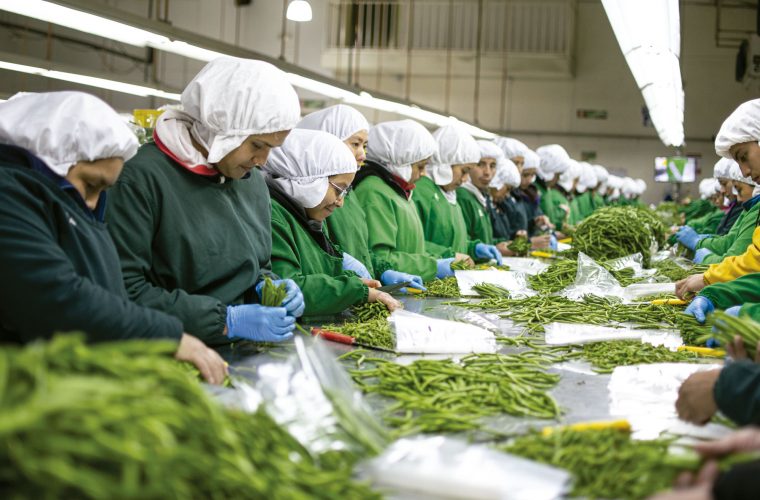Competitiveness in the industry that dresses the world
The apparel and textile sector in Guatemala represents one of the main sources of formal employment and foreign direct investment.
As an economic activity, the apparel and textile industry contributes with 8.9% of the national GDP, taking into account its production (2.5%) and what it contributes or injects to other sectors of the economy (6.4%).
The supply chain is made up of more than 290 clothing companies, textile companies, spinners and suppliers of accessories such as buttons, zippers, labels, collars, elastics and finishings, among which stand out embroidery, sublimation, serigraphy and dyeing. There are also design, cutting, transport and logistics services, which makes it a developed and integrated chain.
This Industry has bet on competitiveness and innovation to grow, which has managed to evolve into complex production stages whose beginnings were framed in apparel assembly.
Nowadays, it offers its clients the so-called “complete package” or “full package”, which leads to higher value-added products. That is why the production processes of the apparel and textile industry are constantly searching for innovation, and their products are consistent with the new trends of the world’s major markets, which allows them to offer flexibility in the production orders and to meet the needs and expectations of customers worldwide.
The strategic location of Guatemala makes the country a commercial bridge between the United States, its main market, and the Central American region, which allows a rapid response to customer demand.
In this sense, it is important to mention that, in recent years, the apparel and textile industry has diversified, not only its products, but also its markets, characterized by having skilled labor and the transfer of knowledge and technology.
This Industry has focused on staying competitive without undermining the quality of its products, increasing its productivity through the modernization of the process and the training of its human capital.












